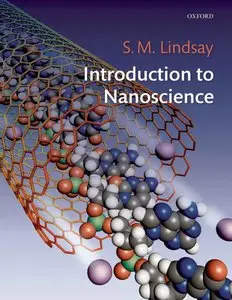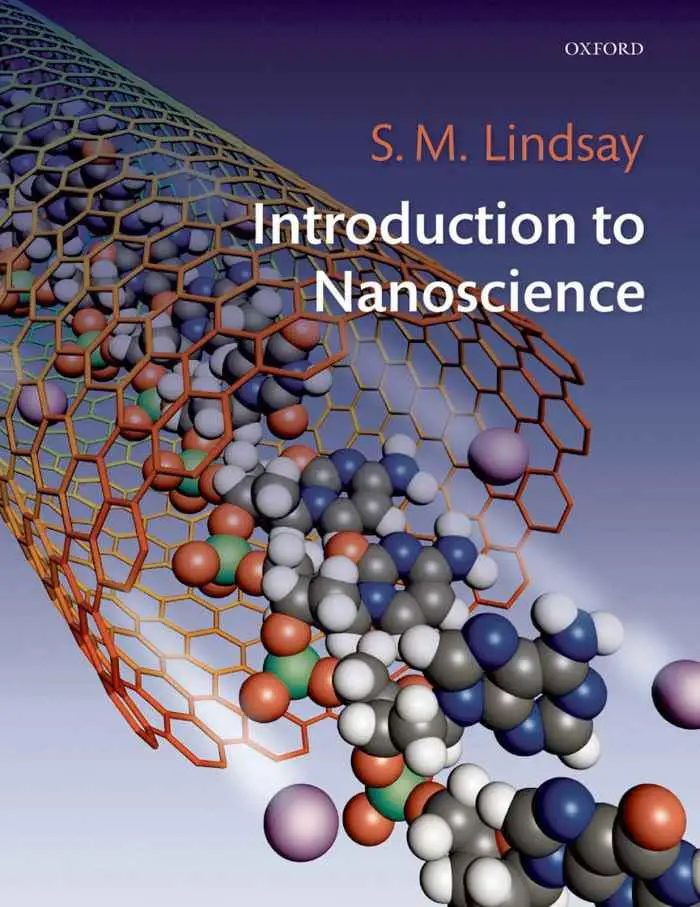Stuart Lindsay, "Introduction to Nanoscience"
ISBN: 0199544204, 0199544212 | 2009 | EPUB/MOBI | 472 pages | 7 MB/7 MB
Nanoscience is not just physics, chemistry, engineering, or biology, but rather an integration of all of these disciplines. The first comprehensive and interdisciplinary text of its kind, Introduction to Nanoscience is an ideal handbook for advanced undergraduates and beginning graduate students in physics, chemistry, electrical engineering, materials engineering, chemical engineering, bioengineering, and biology.
Written from the ground up for a diverse audience, the book is divided into three parts. Part I (The Basics) offers a self-contained introduction to quantum mechanics, statistical mechanics, and chemical kinetics that requires no more than a basic background in college calculus. The author's conceptual approach and an array of examples and conceptual exercises enable even those students with limited mathematical knowledge to grasp the majority of the essential material. Part II (Tools) covers microscopy, single molecule manipulation and measurement, nanofabrication, and self-assembly. Part III (Applications) covers electrons in nanostructures, molecular electronics, nano-materials and nanobiology. Each chapter starts with a survey of the required basics and ends by making contact with current research literature.
Introduction to Nanoscience is also the first text to incorporate the often-neglected topic of complexity in nanosystems, dealing explicity with emergent phenomena from chemistry to biology. Examples include Kramer's theory of reactions (Chapter 3); the Marcus theory of electron transfer (Chapter 8); and enzyme catalysis, molecular motors, and fluctuations in gene expression and splicing, all covered in Chapter 9. In addition, the book includes Richard Feynman's visionary essay, "There's Plenty of Room at the Bottom," which describes the consequences of smallness and quantum behavior.



